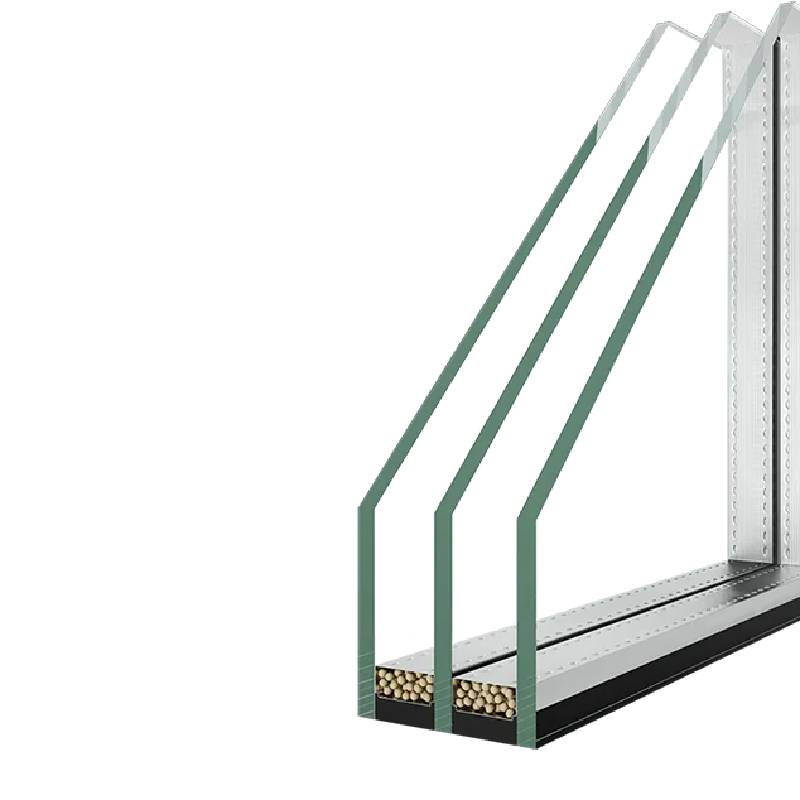

The Advantages and Applications of Full Tempered Glass
Full tempered glass, also known as toughened glass, is a type of safety glass that undergoes a thermal treatment process to enhance its strength and durability. This process involves heating the glass to a high temperature and then rapidly cooling it. As a result, full tempered glass exhibits increased resistance to impact, thermal stress, and breakage, making it a popular choice for various applications in contemporary architecture and design.
One of the primary advantages of full tempered glass is its remarkable strength. Compared to regular glass, full tempered glass is approximately five times stronger, which makes it less likely to shatter upon impact. The glass is designed to withstand higher levels of force, making it ideal for use in environments where safety is paramount. For instance, it is commonly used in public buildings, facades, and storefronts where the risk of breakage is elevated.
In addition to its strength, full tempered glass has superior thermal resistance. The tempering process allows the glass to endure significant temperature fluctuations without cracking. This property is particularly beneficial in applications such as shower doors, glass partitions, and windows in high-rise buildings, where temperature changes can be drastic. The ability to withstand both high temperatures and thermal shocks makes full tempered glass an excellent choice for energy-efficient glass solutions.

Safety is another critical aspect of full tempered glass. In the event of breakage, it shatters into small, blunt pieces rather than sharp shards, reducing the risk of injury. This characteristic is why tempered glass is often required in building codes for applications like glass doors, windows, and balustrades. Its safety features make it a preferred material for residential homes, commercial spaces, and public buildings, where the well-being of occupants is a key concern.
Full tempered glass also offers aesthetic advantages. Its clear surface allows for unobstructed views and light transmission, making it an appealing choice for architects and designers. It can be used in various applications, including skylights, glass staircases, and curtain walls, adding a modern and stylish touch to both residential and commercial spaces. Additionally, it can be coated or treated with various finishes to enhance its visual appeal, ranging from reflective coatings to colorful tints.
The versatility of full tempered glass is further exemplified by its applications in furniture design. Tables, shelves, and cabinets made from tempered glass not only provide an elegant finish but also boast durability against daily wear and tear. As more designers embrace minimalism and transparency in their work, full tempered glass becomes an essential material for creating sleek and contemporary furnishings.
In summary, full tempered glass is a remarkable material that combines strength, safety, thermal resistance, and aesthetic appeal. Its ability to endure harsh environmental conditions and physical impacts makes it an ideal choice for a myriad of applications, from architecture to furniture design. As technology advances and innovation continues, the use of full tempered glass is expected to grow, establishing it as a cornerstone of modern design and construction. Whether in homes, offices, or public infrastructures, full tempered glass is a testament to safety and style in today's world.